Class Polypodiopsida Subgenus E. subg. Hippochaete Rank Species | ||
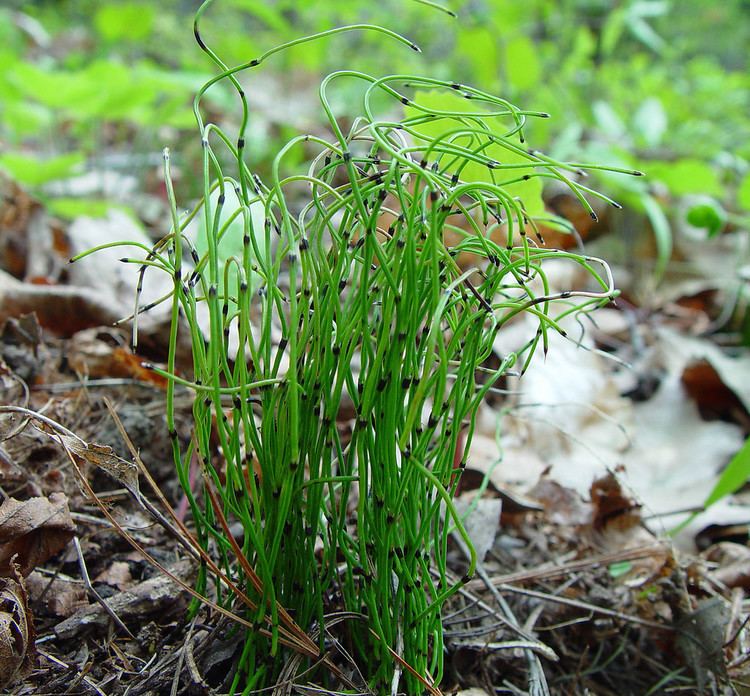 | ||
Similar Equisetum variegatum, Equisetum fluviatile, Equisetum pratense, Equisetum sylvaticum, Equisetum laevigatum | ||
Equisetum scirpoides (dwarf scouring rush or dwarf horsetail) Michx., Fl. Bor.-Amer. 2: 281 (1803). 2 n = 216. The smallest of the currently occurring representatives of the genus Equisetum (horsetail).
Contents
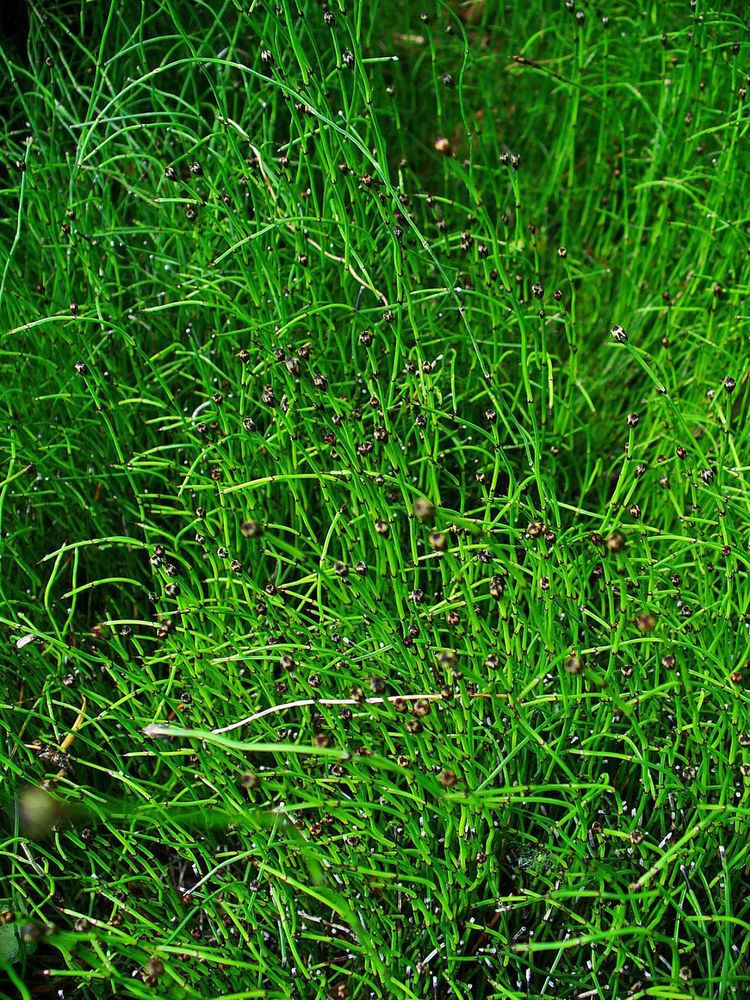
It occurs mainly in the area of the Arctic Circle in Alaska for the Indians and Greenland, Idaho, Montana, South Dakota, Minnesota, Iowa, Illinois, New York and New England. Creates a compact and dense clumps. Reaches a maximum height of about 30 cm. The assimilation and generative shoots are identical and grow together. The leaves reduced to a black sheath around the stem. The stems are green, unbranched, thick and about 1 mm with six ribs. The generative shoots with small cones dying after sowing the spores. The nodes occur at approximately 1 – 3 cm. The leaves are very small to about 1 mm, and arranged in around nodes. The corms are thin, yellow and brown. The roots very fine, black and densely surpassing the ground. Species grows best in the mud at the depth zone from 0 to 3 cm. Specimens reproduce primarily by vegetative division. Equisetum scirpoides is hardy and semi-evergreen. This species is quite a popular decorative plant seen in garden ponds, ornamental gardens and assumptions in nearly the whole world. E. scirpoides was discovered and described by French botanist André Michaux. Detailed studies were conducted by the American botanist Oliver Atkins Farwell.
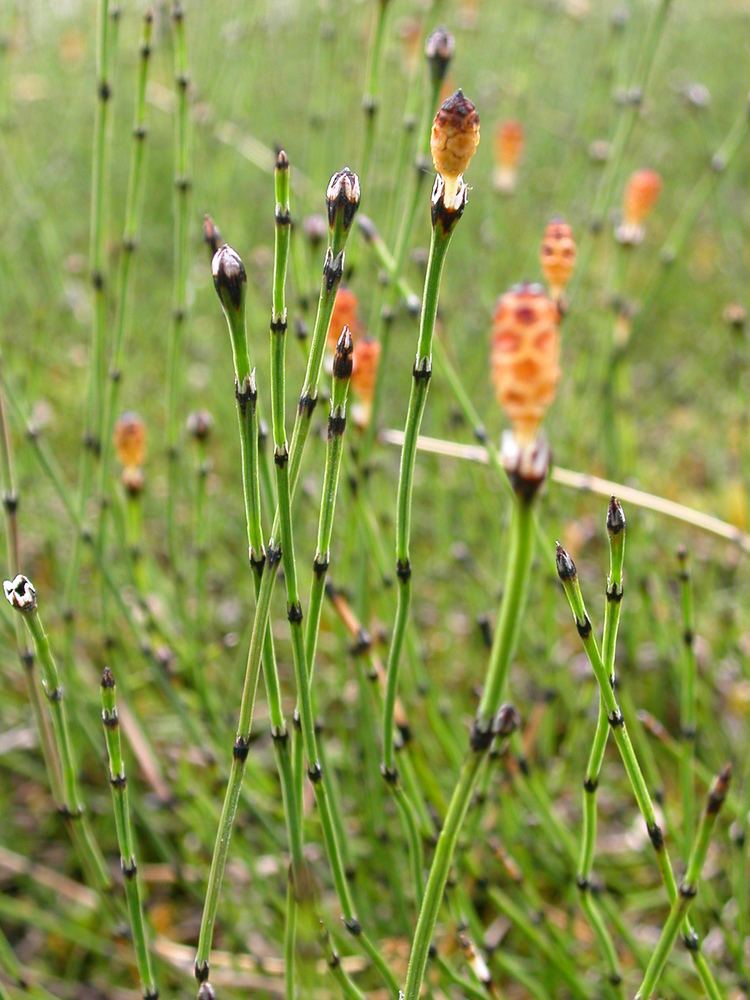
Name
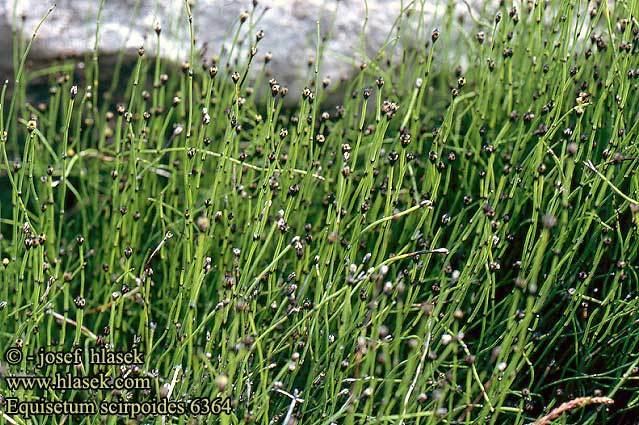
Equisetum, from the Latin, equus, "horse", and seta, "bristle, animal hair". Scirpoides, from the Latin, scirpus, "rush, bulrush". Scouring Rush, a reference to its early use for cleaning pots, made possible by its high silica content. Other common names include dwarf horsetail, sedge horsetail, prele faux-scirpe (Qué), tradfräken (Swe), dvergsnelle (Nor), trad-padderok (Dan), hentokorte (Fin), dwergholpijp (NL), himedokusa (Jpn), skrzyp arktyczny (PL).
Distribution
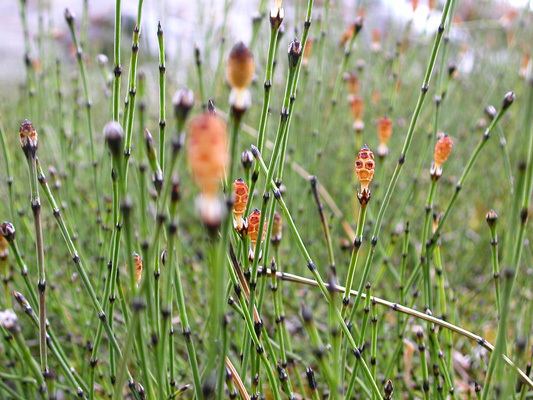
Austria, Finland, Norway, Spitsbergen, Sweden, Greenland, St. Pierre & MiqueIon, Canada (Alberta, British Columbia, Manitoba, New Brunswick, Newfoundland, N.W.Territories, Nunavut, Nova Scotia, Ontario, Prince Edward Isl., Quebec, Saskatchewan, Yukon), Alaska, USA (Idaho, Illinois, Iowa, Maine, Massachusetts, Michigan, Minnesota, Montana, New Hampshire, New York, South Dakota, Vermont, Washington, Wisconsin), W-Siberia, C-Siberia, E-Siberia, Amur, Ussuri, Japan, Lithuania, Novaja Zemlja, Kamchatka, N-European Russia, Lithuania, Estonia, C-European Russia, E-European Russia.
Subspecies
Within Equisetum scirpoides there are two subspecies :
Identification
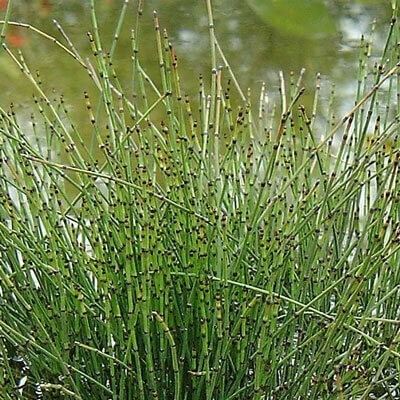
Identifiable as a horsetail by the upright, hollow, jointed, cylindrical stems with inconsequential and easily overlooked leaves. Distinguished from other horsetails by its low, slender, wiry, unbranched stems and its small size. This is the smallest living horsetail. Field marks, diminutive size, low, slender, wiry, unbranched stems.
